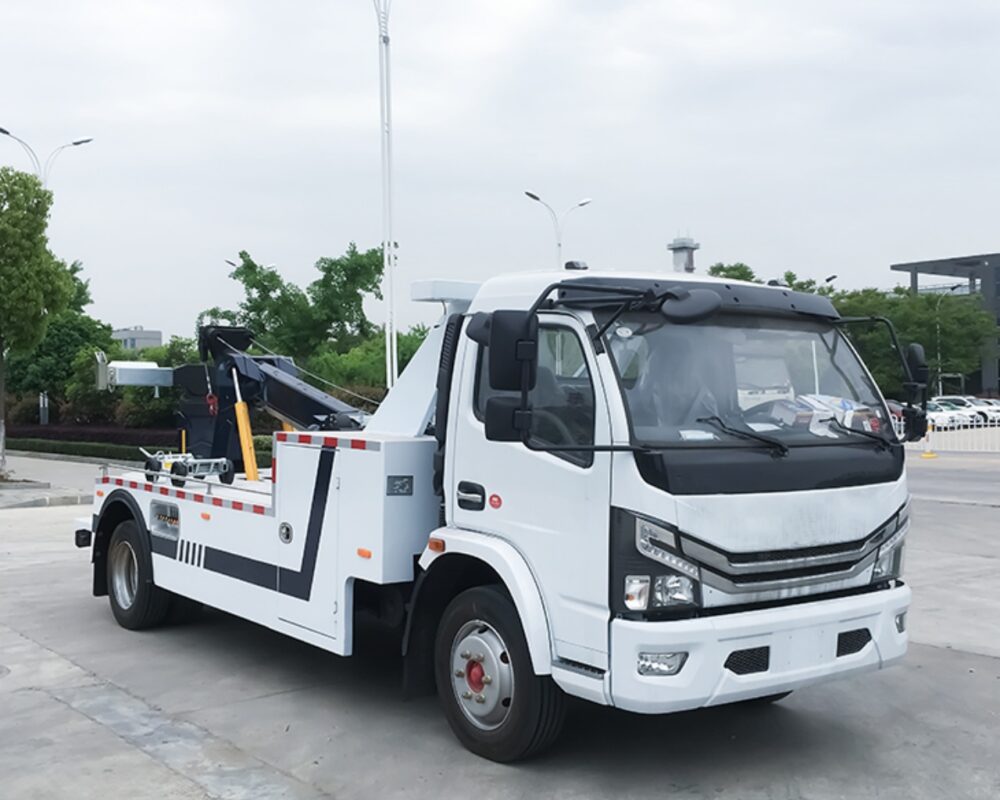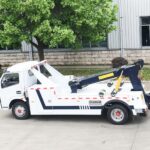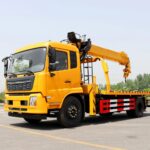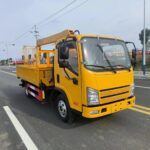In the world of automobiles, breakdowns and accidents are an unfortunate reality that every driver may encounter at some point in their journey on the open road. When these unexpected events occur, it’s the unsung heroes of the automotive industry who come to the rescue – recovery trucks. These mighty machines play a vital role in restoring vehicles to the road, ensuring that life goes on smoothly for countless individuals and businesses. Šiame straipsnyje, we delve into the world of recovery trucks, exploring their history, evolution, and the crucial role they play in keeping our highways safe and functional.
The Evolution of Recovery Trucks
Recovery trucks have come a long way since their humble beginnings. Their history dates back to the early 20th century when automobiles were still a relatively new invention. In those days, if your car broke down, you often had to rely on the help of a good Samaritan or hope for a passing mechanic to lend a hand. This was not only inconvenient but also unsafe, especially on the fast-developing highways of the time.
The first recovery vehicles were simple vilkikass with winches and chains, designed to pull broken-down cars to the nearest repair shop. These early vilkikass were basic in design and function, often requiring significant manual effort to load a vehicle onto the truck’s bed. Kaip ir automotive industry grew and technology advanced, so did the recovery truck.
In the mid-20th century, hydraulic systems revolutionized the recovery truck industry. Hydraulic lifts and winches made it much easier to load and transport vehicles, reducing the strain on operators and increasing efficiency. Recovery trucks could now handle a wider range of vehicles, from compact cars to larger trucks and buses.
In recent decades, recovery trucks have become even more sophisticated, thanks to advancements in materials and technology. Modern recovery trucks are equipped with powerful winches, adjustable beds, and hydraulic lifts that can handle vehicles of various sizes and weights. Papildomai, they often feature specialized tools and equipment for safely recovering vehicles from challenging situations, such as rollovers or off-road accidents.
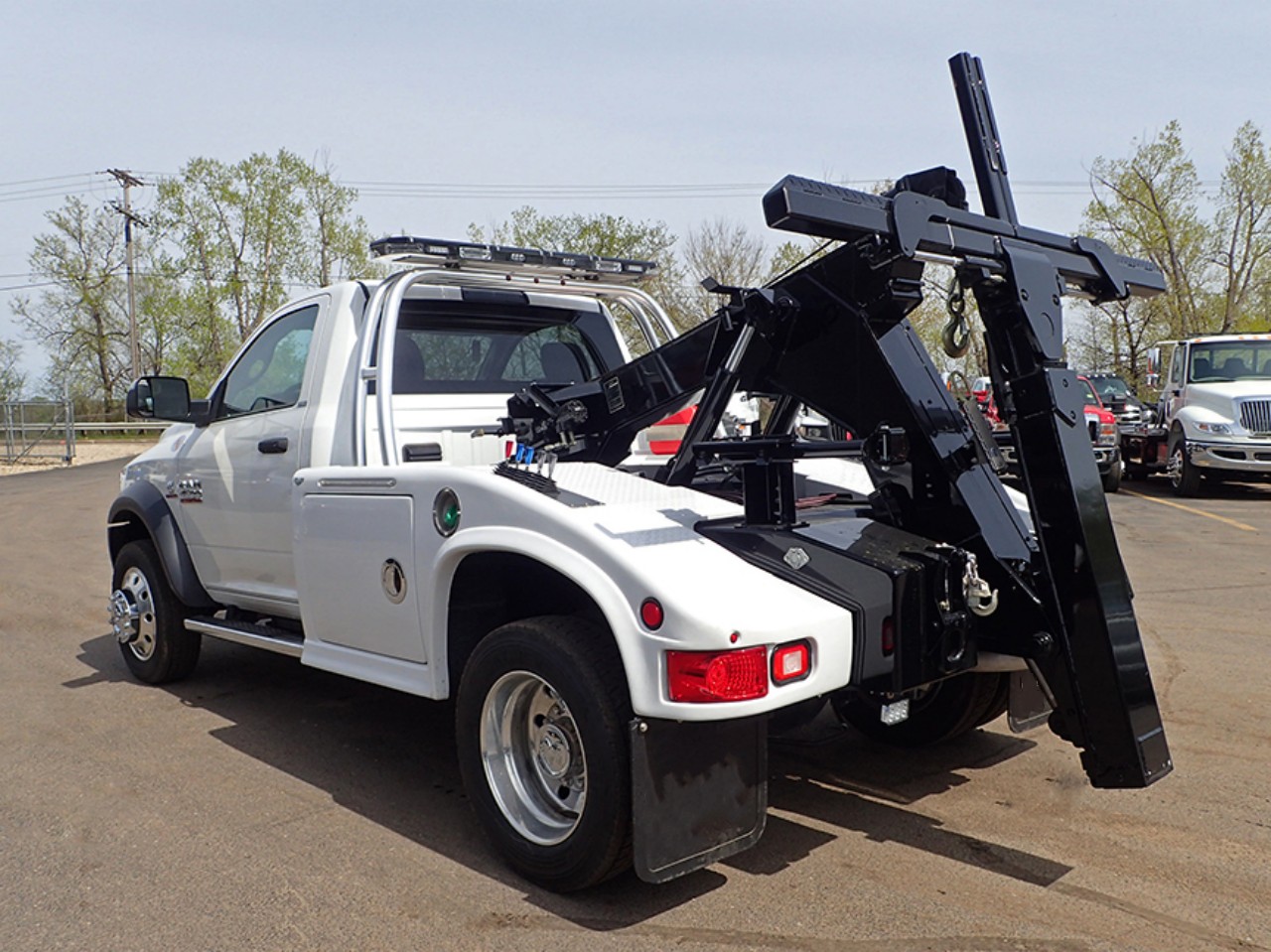
The Role of Recovery Trucks
Recovery trucks serve a vital role in ensuring the safety and functionality of our roads. Here are some of the key functions they perform:
1. Vehicle Rescue
The primary purpose of a recovery truck is to rescue vehicles that are stranded due to mechanical failures, accidents, or other emergencies. Whether it’s a flat tire on the side of the highway or a vehicle that has skidded off the road in a snowstorm, recovery trucks are dispatched to the scene to assist drivers in distress.
2. Roadside Assistance
In addition to towing vehicles, recovery trucks often provide roadside assistance services. This can include jump-starting dead batteries, changing flat tires, and providing fuel to motorists who have run out. These services help get drivers back on the road quickly and safely, reducing traffic congestion and improving overall road safety.
3. Vehicle Recovery
Recovery trucks are essential for retrieving vehicles that have been involved in accidents or have become stuck in difficult terrain. Their powerful winches and lifting capabilities enable them to recover vehicles from ditches, rivers, or other hazardous locations, ensuring that accidents don’t lead to environmental hazards or further disruptions.
4. Transportation of Non-Operational Vehicles
Not all vehicles transported by recovery trucks are destined for repair shops. Many recovery trucks are equipped with specialized equipment to transport non-operational vehicles to their owners’ desired locations. This service is particularly valuable for collectors of classic cars, as it allows them to move their prized possessions without risking damage.
The Unsung Heroes
While recovery trucks are undoubtedly instrumental in restoring vehicles to the road, it’s the operators behind the wheel who deserve recognition as the unsung heroes of the industry. These skilled individuals undergo rigorous training to handle a wide range of situations, from safely securing vehicles on the truck bed to navigating treacherous road conditions.
Recovery truck operators must also have a deep understanding of vehicle mechanics to diagnose and address common breakdowns on the spot. Their knowledge and expertise often save motorists both time and money by avoiding unnecessary trips to the repair shop.
Be to, recovery truck operators often work in challenging conditions, įskaitant extreme weather, high-traffic areas, and hazardous accident scenes. Their dedication to helping others and ensuring the safety of our roads should not go unnoticed.
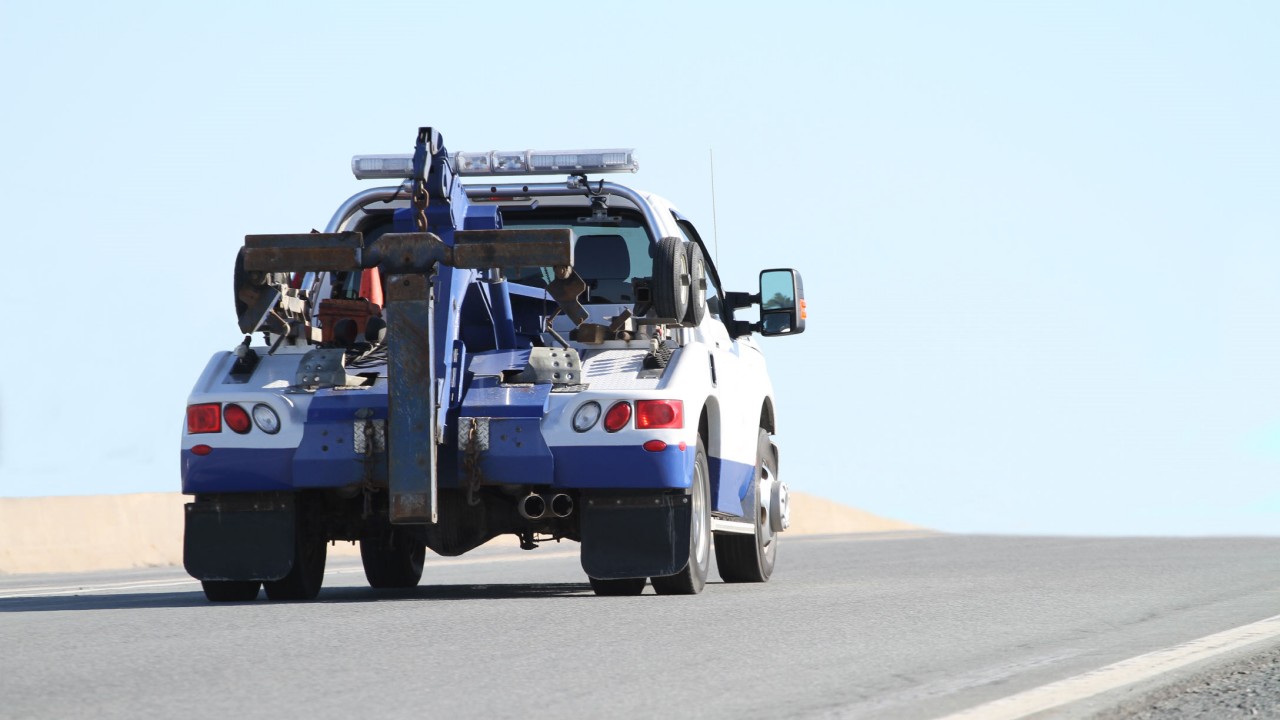
Innovations in Recovery Trucks
As technology continues to advance, recovery trucks are evolving to meet the demands of the modern automotive landscape. Some of the notable innovations in recovery truck technology include:
1. GPS Tracking and Navigation
Many recovery trucks now come equipped with GPS tracking and navigation systems. This technology allows operators to find the quickest route to the scene of an incident, reducing response times and improving efficiency.
2. Remote Control Systems
Some recovery trucks feature remote control systems that enable operators to control the winch, bed, and other functions from a safe distance. This is particularly useful when recovering vehicles in precarious positions.
3. Advanced Safety Features
Modern recovery trucks often include advanced safety features such as collision avoidance systems, lane departure warnings, and enhanced lighting for better visibility. These features help keep both operators and motorists safe on the road.
4. Environmental Considerations
Recovery truck manufacturers are also exploring eco-friendly options. Electric and hybrid recovery trucks are emerging, reducing emissions and fuel consumption while still providing the necessary power for recovery operations.
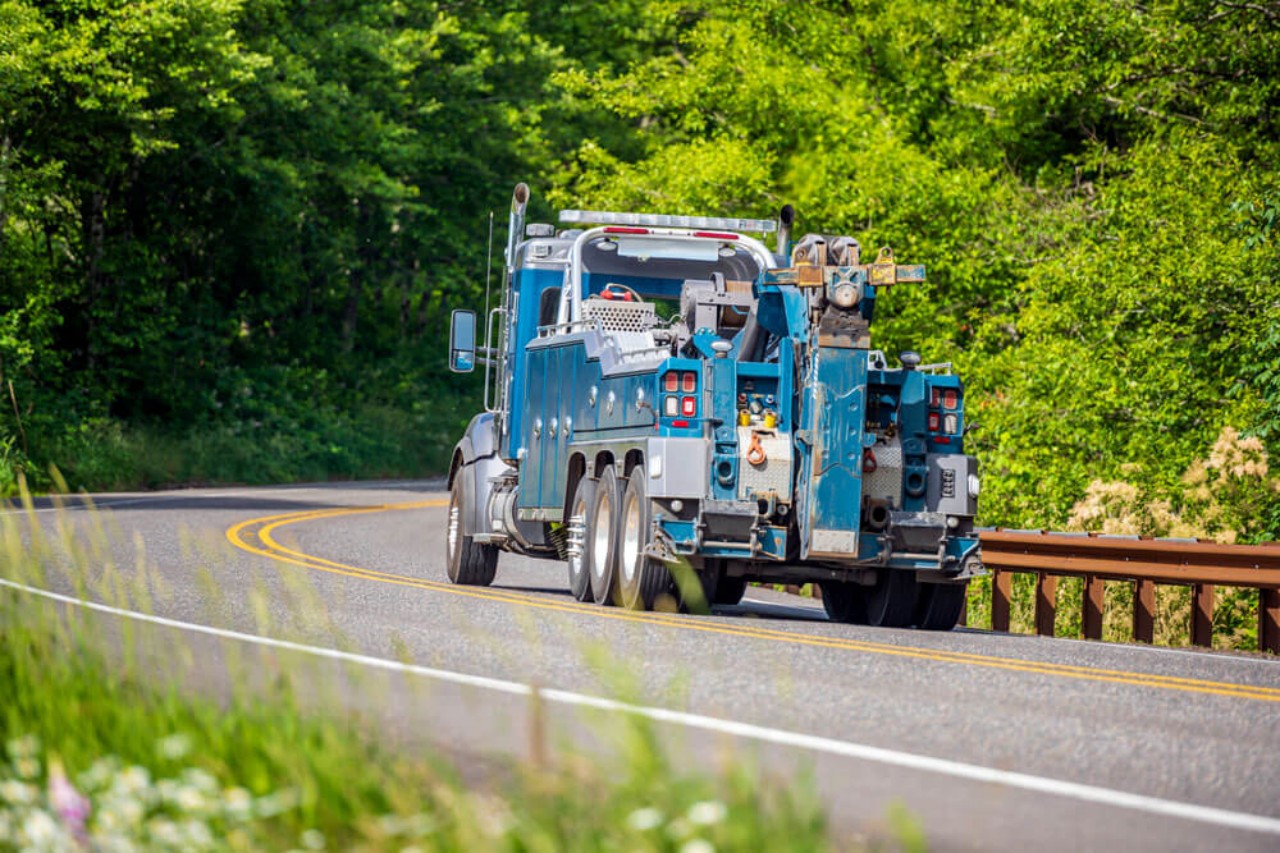
Išvada
Recovery trucks are the unsung heroes of our highways, working tirelessly to ensure the safety and functionality of our roads. From their humble beginnings as basic vilkikass to the sophisticated machines of today, these vehicles have evolved to handle a wide range of situations and provide essential services to motorists in need.
As technology continues to advance, recovery trucks will undoubtedly become even more efficient and environmentally friendly. Tačiau, it’s essential to remember that behind every recovery truck is a skilled operator who plays a crucial role in keeping our roads safe and our vehicles on the move.
Next time you see a recovery truck on the side of the road or in action, take a moment to appreciate the hardworking individuals behind the wheel and the incredible machines that help restore vehicles to the road, ensuring that our journeys continue smoothly and safely.

